Our solar system, a mesmerizing tapestry of planets, moons, asteroids, and comets, has fascinated humanity for centuries. From the enormous heat of the Sun to the icy depths of the outer reaches, each planet, moon, asteroid, and comet offers unique insights into the formation and evolution of our cosmic neighborhood.
Table of Contents
In this article, we embark on an awe-inspiring journey through the vast expanse of our cosmic neighborhood. From the scorching Sun to the frigid outskirts, we explore the wonders of each celestial body, delving into their captivating features, mysteries, and the ongoing quest to uncover their secrets. Join us as we unveil the marvels of our solar system.
The Sun: Our Fiery Star
At the heart of our solar system resides the Sun, a mighty ball of searing hot plasma. This colossal star, primarily composed of hydrogen and helium, radiates energy through a process called nuclear fusion. The Sun’s immense gravity holds the planets in orbit, and its light provides warmth and sustains life on Earth. Studying the Sun’s surface, its dynamic features like sunspots and solar flares, and the energy it emits are crucial for understanding the dynamics of our solar system.
Inner Terrestrial Planets
Moving inward from the Sun, we encounter the four innermost planets, also known as the terrestrial planets: Mercury, Venus, Earth, and Mars. These rocky worlds share some commonalities, such as solid surfaces and relatively thin atmospheres, but each possesses unique characteristics. Mercury, the closest to the Sun, is a scorched world with a heavily cratered surface. Venus, shrouded in a thick atmosphere, experiences a runaway greenhouse effect, making it the hottest planet in our solar system. Earth, our home, boasts a diverse biosphere and abundant liquid water. Mars, often referred to as the “Red Planet,” exhibits a cold and arid environment, with intriguing features like the largest volcano in the solar system, Olympus Mons.
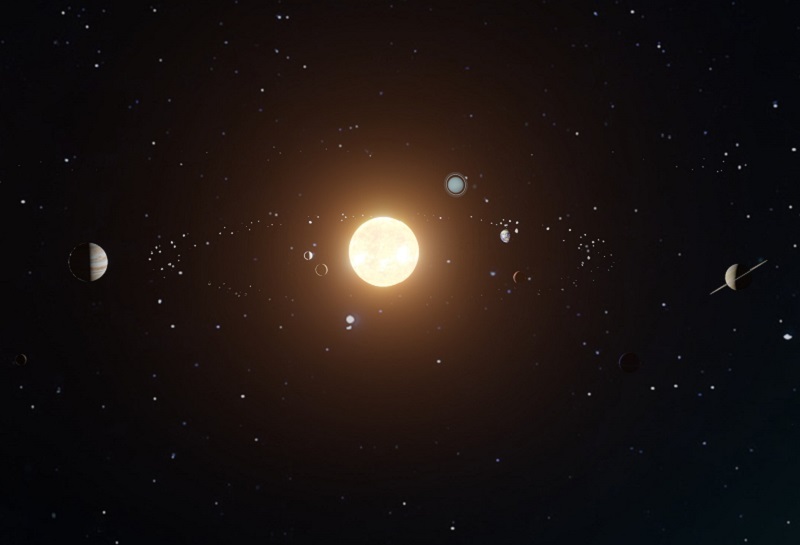
Gas Giants: Jupiter and Saturn
Beyond the terrestrial planets lie the magnificent gas giants, Jupiter and Saturn. These colossal worlds, primarily composed of hydrogen and helium, possess massive atmospheres, unique ring systems, and a multitude of moons. Jupiter, the largest planet in our solar system, showcases mesmerizing features like the Great Red Spot, a colossal storm system, and a system of over 70 moons, including the four Galilean moons—Io, Europa, Ganymede, and Callisto. Saturn, famous for its stunning ring system, also hosts an array of captivating moons, with its largest moon, Titan, boasting an atmosphere and hydrocarbon lakes.
Ice Giants: Uranus and Neptune
Farther out from the gas giants, we encounter the ice giants, Uranus and Neptune. These majestic worlds are primarily composed of volatile substances such as water, ammonia, and methane. Uranus, known for its unique sideways rotation, presents a pale blue appearance and is encircled by a system of faint rings. Neptune, the outermost planet, showcases vibrant blue hues and boasts the fastest winds recorded in our solar system. Both planets exhibit intricate systems of moons and are subjects of ongoing scientific exploration.
Dwarf Planets and Kuiper Belt Objects
In the far reaches of our solar system, beyond Neptune’s orbit, lie the dwarf planets and countless icy bodies within the Kuiper Belt. Pluto, once considered the ninth planet, now resides among the dwarf planets. Its complex system of moons and its fascinating icy surface provide insights into the outer regions of our cosmic neighborhood. Other dwarf planets, such as Eris, Makemake, and Haumea, contribute to our understanding of the diversity within our solar system. Additionally, ongoing missions like NASA’s New Horizons continue to unravel the secrets of these distant realms.
Asteroids and Comets
Asteroids and comets, remnants from the early formation of our solar system, populate various regions. Asteroid belts, such as the main asteroid belt between Mars and Jupiter, are home to countless rocky bodies. Comets, composed of ice, dust, and organic compounds, orbit the Sun in elongated paths. These celestial wanderers, such as Halley’s Comet and Comet Hale-Bopp, captivate us with their stunning tails and provide valuable insights into the composition of our early solar system.
The Search for Extraterrestrial Life
One of the most profound quests within our solar system is the search for extraterrestrial life. While Earth remains the only known abode of life, scientists explore the potential habitability of other celestial bodies. Moons like Jupiter’s Europa and Saturn’s Enceladus, with their subsurface oceans, offer tantalizing possibilities for microbial life. Additionally, Mars holds a special place in our quest, as missions like NASA’s Perseverance rover continue to search for signs of past or present life on the Red Planet.
Conclusion
Our solar system, a captivating realm of celestial bodies, presents an endless array of wonders and mysteries waiting to be unraveled. Through ongoing scientific exploration and technological advancements, we continue to deepen our understanding of this extraordinary system, expanding the frontiers of human knowledge and inspiring new questions about our place in the universe.
Read more posts on Science.
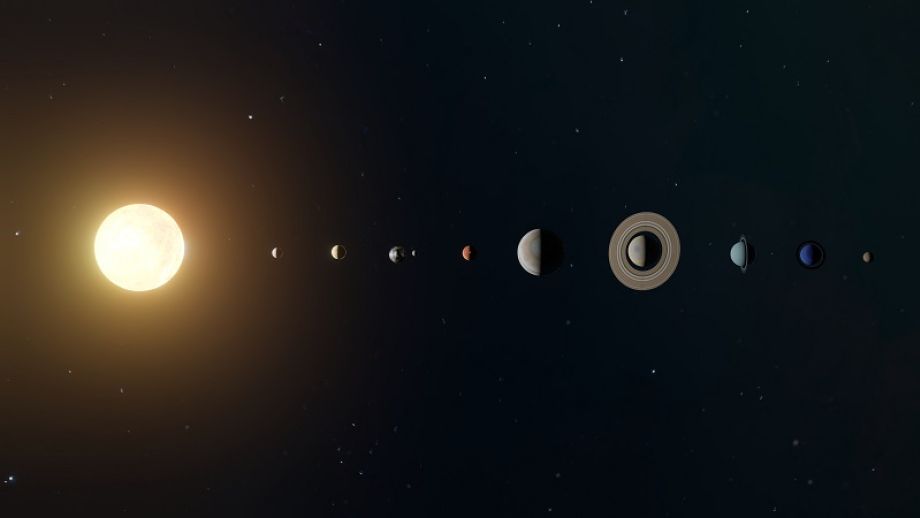
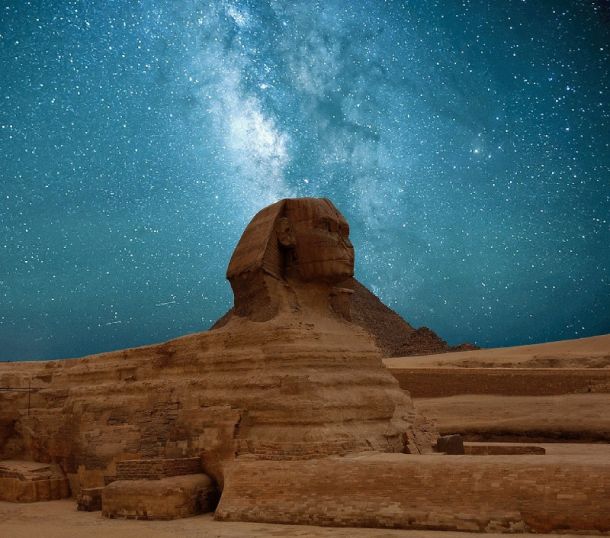
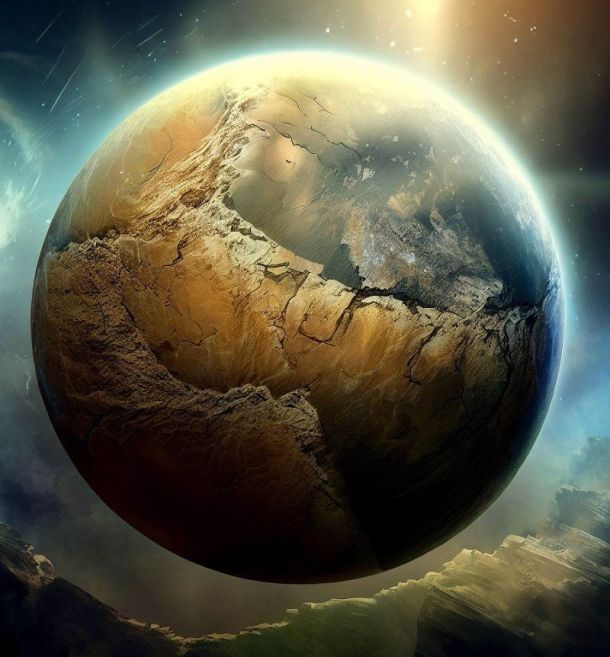











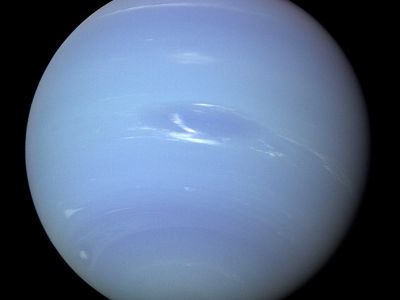
[…] captivating realm of celestial bodies Unveiling the Marvels: Journey through Our Amazing Solar System Our solar system, a mesmerizing tapestry of planets, moons, asteroids, and […]
[…] proximity to the Sun subjects it to extreme temperature variations. During its day, surface temperatures can soar to a […]
[…] is one of the most well-known planets in our solar system. Its iconic name is derived from the ancient Roman goddess of love, beauty, and fertility. Also […]
[…] proximity to Earth have made it one of the most easily recognizable planets in our solar system. Mars has been the focus of countless space missions and scientific research, revealing new and […]